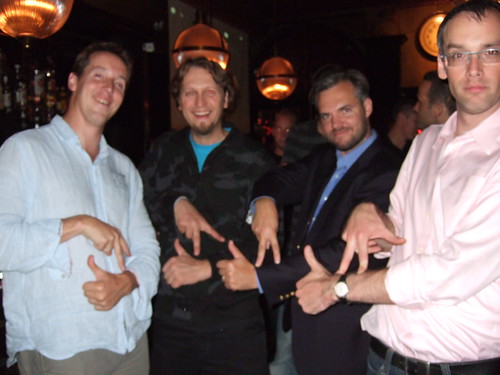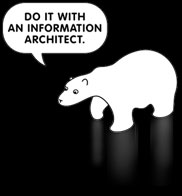Die Design for Conversion Eventreihe kommt nach Deutschland! Am 23. September 2010 findet in Köln die 4. Design for Conversion statt.
Wo: Club Bahnhof Ehrenfeld
Wann: 23.9.2010 ab ca. 9:00 Uhr
Kosten: 175 Euro (Early Bird bis 23. August, danach 200 Euro)
Wer: 100 Plätze für UxD, IA, eCommerce-Manager, Business Analysten, Web-Analysten, Marketing-Experten,…
Die DfC ist eine interaktive (Un-)konferenz mit fester Struktur und geladenen Rednern. Inhaltlich dreht sich alles um (User) Experience, Persuasive Technologies und Evidence Based Marketing. Das Thema der 4. DfC wird „Authentizität“ sein. Die DfC Cologne wird veranstaltet vom Better Experience e.V. in Kooperation mit CHI Niederlande.
Alles festgelegt und doch eine Unkonferenz? Kein Widerspruch, denn die wahren Stars der DfC sind die Teilnehmer. Jeder Teilnehmer wird in Teams einen Tag lang an Lösungen für spannende Aufgaben aus dem echten Leben arbeiten. Die Teams werden so zusammengestellt, dass Teilnehmer aus verschiedenen Professionen zusammenkommen. Team Captains unterstützen die Teilnehmer und die Redner liefern zwischen den Sessions kluge, spannende und vergnügliche Präsentationen. Alles endet mit den Final-Präsentationen und der anschliessenden Party. So wird das Ganze in etwa ablaufen: http://slideshare.net/daslutz/dfc-in-a-nutshell
Als Redner werden unter anderen Persuasive Technology Expertin Kath Straub (USA) und Paul Hughes (NL) Creative Director bei Lava.nl dabei sein.
Info: http://designforconversion.nl/4th-dfc-cologne
Tickets: http://designforconversion.nl/4th-dfc-cologne/tickets/
Twitter: http://twitter.com/dfcworld offizieller Hastag: #dfccgn
Event auf XING: https://www.xing.com/events/design-for-conversion-cologne-2010-535679
Event auf LinkedIn: http://events.linkedin.com/Design-Conversion/pub/361992
Event auf Facebook: http://www.facebook.com/#!/event.php?eid=143717255657919












